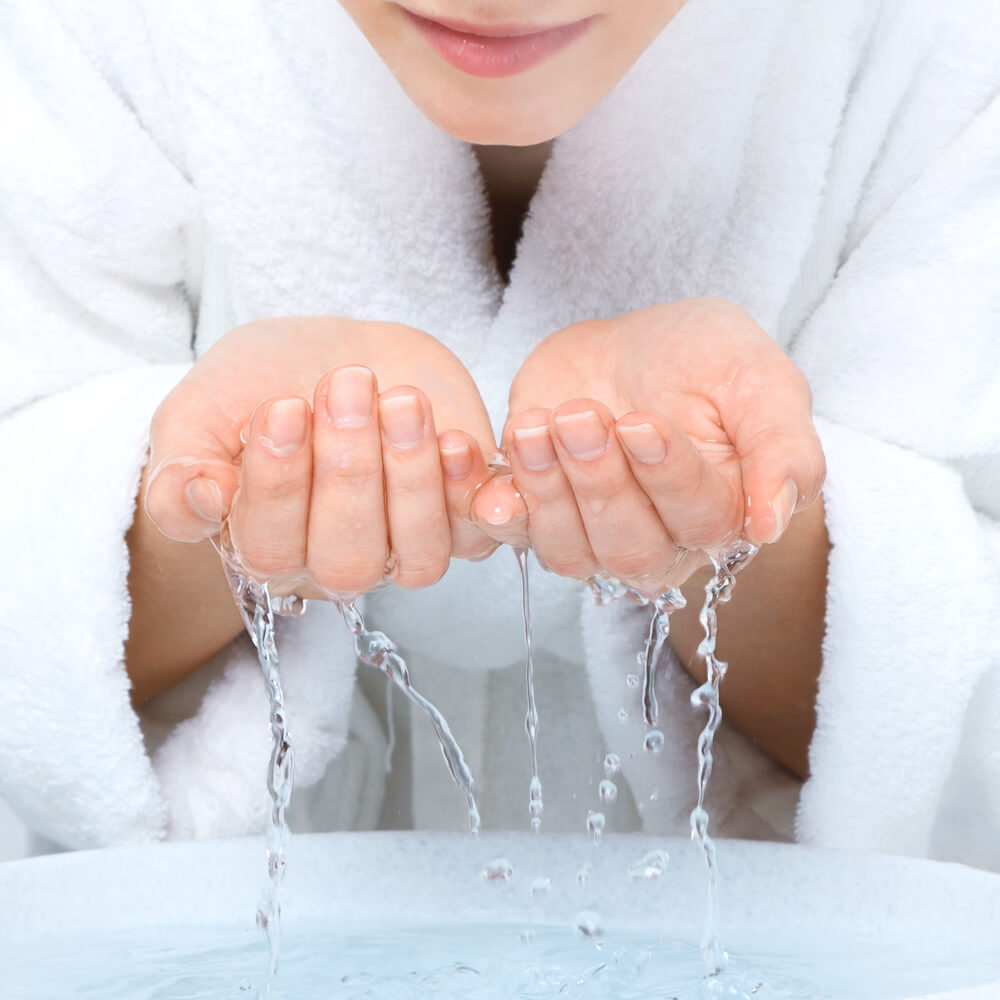The terms PFAS and PFOS have been in the news a lot for some time now, and if you are a homeowner in the New Northern Jersey region, you’ve probably received a letter informing you about the high levels of PFAS in drinking water.
It all started in 2015 when EPA carried out its first broad water sampling and found widespread contamination with PFAS. The analysis supported yet another CDC survey that revealed almost everyone in the US had some traces of PFAS. But are these PFAS chemicals? Do they affect your drinking water?
Read on to learn about PFAS or PFOS, their health effects, and how you can reduce them in your drinking water.
What Are PFAS?
Per- and polyfluoroalkyl substances (PFAS) is a family of nearly 4,700 chemicals, all of which are manmade and contain carbon and fluorine chain links. Carbon and fluorine atoms have the strongest bond in nature. For this reason, it is difficult for PFAS chemicals to degrade thus sticks in the environment for centuries. Out of this entire group of chemicals, PFOS (Perfuorooctane sulfonate) and PFOA are the most common.
PFAS chemicals became popular in the 1930s for use in different industries in the United States and across the world. Due to their superior repellant properties, companies have used them to manufacture items such as stain-proof rugs, non-stick cookware, paper food packaging, stain-proof rugs, and more.
PFAS Risk Factors
The following can expose you to PFAS:
Food
- If packaged in materials that contain PFAS
- Grown in soil or water with PFAS compounds
Commercial Household Products
These can be normal use or biodegradation PFAS treated commercial products such as leather, carpets, packaging materials, non-stick cookware, and paper. PFAS are used in these products to make them water and stain repellant.
Workplace
Working in facilities that use PFAS chemicals to manufacture products
Drinking Water
Consuming water from water supplies contaminated with PFAS chemicals
How PFAS Chemicals Get Into Drinking Water
PFAS chemicals are commonly used in firefighting foams on firefighting training facilities, airports, and military bases. Besides, they are present in landfills after degradation of PFAS treated products and in fertilizer manufactured from sewage or human waste. These sources can release PFAS in drinking water if they find their way to the nearby water supplies.
The Environmental Working Group estimates that nearly 1,500 drinking water systems in the US could be contaminated with PFAS, thus affecting around 110 million people.
Health Risks of PFAS
PFOA and PFOS are the most notorious of all PFAS chemicals and are no longer made in the United States. Unfortunately, these chemicals are still abundant in the environment due to the many years of production in the country.
Additionally, several other countries continue to produce and make products with PFAS chemicals, and since there is no ban on importing PFAS manufactured items, the chemicals can still find their way into the US.
The increased attention on PFAS chemicals results from studies that link them to various health risks, including:
- Reproductive problems
- Endocrine disruption
- Weight gain, especially to children and dieting adults
- Increased cholesterol
- Thyroid and cholesterol changes
- Testicular, kidney, liver, and pancreatic cancer
- Weakened childhood immunity
- Low birth weight
What Can You Do?
PFAS chemicals are resistant to most traditional chemical and microbial treatment techniques. Fortunately, WaterCare® has developed a top-performing system that you can install to reduce leads, cysts, and PFAS in Drinking Water.
The ONE™ Contaminant Reduction System is a two-stage process that incorporates a standard carbon block cartridge into the ONE™ filter.
Technically, a ONE™ filter alone can treat up to 50,000 gallons of water before it requires replacement. Besides, the softeners and conditioners have advanced electronic controls to keep track of the water processed by the ONE™ and enhance its certified capacities to treat 100,000 gallons before you need to replace it.
The Water Care ONE™ Contaminant Reduction System is certified and reduces lead and PFOA by 98.6%. Contact us today for a free estimate.






